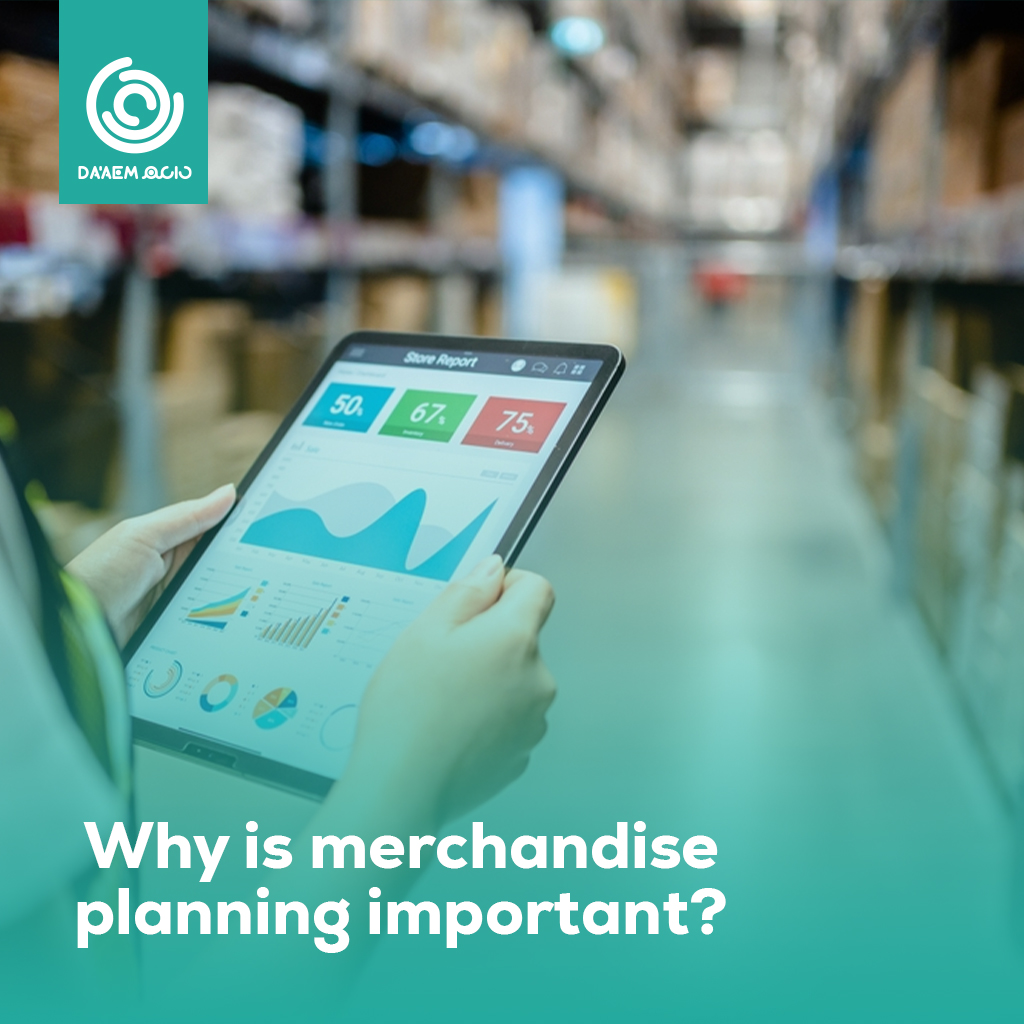Merchandise planning is a methodical strategy for organizing, acquiring, and vending goods in accordance with consumer demand. Essentially, it involves ensuring that when a customer expresses a desire to purchase a specific product—let’s call it X— in a particular color (Y) and size (Z) from your store, you have that exact combination readily available when they decide to make a purchase. The aim is to align your inventory with the preferences and demands of your customers, ensuring a seamless and satisfying shopping experience.
Explore New Horizons for Your Business
Elevate your sales game with innovative merchandising solutions, Unleash the power of strategic product presentation and revitalize your shelf efficiency, It’s time to take action and witness the positive impact on your bottom line.
How is the merchandising planning process executed
The retail industry is undergoing significant changes, introducing complexities to the merchandise landscape. Challenges such as global sourcing, intensified competition, and an expanding array of products have become prominent issues for retailers. To navigate this intricate terrain, merchandise planners adhere to a framework known as the 5 Ps of retail merchandising, which enables them to concentrate on key aspects:
Price: This pertains to the pricing strategy adopted for products and its impact on customer perception and behavior.
Product: Encompassing every feature and benefit that customers derive from using a particular product.
Promotion: Involves the various campaigns designed to build awareness, encompassing advertising, social media efforts, email promotions, and other marketing tactics.
Place: Refers to the locations where customers encounter and purchase products, whether in physical stores or online.
People: Encompasses the staff working for the ecommerce business, including their roles and interactions, acknowledging the crucial role personnel play in the overall retail experience.
How to Create an Effective Merchandise Planning Strategy

Merchandise planning addresses challenges such as lost sales due to stockouts or excessive inventory remaining after a season concludes. The primary objective is to ensure that the right products are consistently available to customers, regardless of when or where they choose to shop. This proactive approach aims to optimize inventory management, enhance customer satisfaction, and ultimately contribute to the overall success of the retail business.
Developing a merchandise plan involves a structured process that encompasses post-season analysis, pre-season planning, and in-season adjustments. Here’s an overview of the key steps in merchandise planning:
Post-Season Analysis:
- Evaluate the performance of your merchandise after the season concludes.
- Analyze sales data, customer feedback, and market trends to understand what worked well and what didn’t.
- Assess inventory levels, identifying overstocked or understocked items.
- Learn from successes and challenges to inform future planning.
Pre-Season Planning:
- Define the time period for the season based on the nature of your products (e.g., Christmas sweaters for a couple of months or year-round for ice cream).
- For products with different seasons, create separate, detailed plans for each product category.
- Consider factors such as the size and structure of your retail business, type of store (outlet, online, omnichannel), and the type of merchandise.
- Establish sales and inventory goals, taking into account historical data, market trends, and your business objectives.
- Plan product assortments, considering variations in sizes, colors, and styles.
In-Season Adjusting:
- Monitor sales and inventory levels regularly during the season.
- Be responsive to changes in consumer demand, market trends, and unexpected events.
- Implement strategies to address stockouts or excess inventory, such as reordering popular items or implementing promotions.
- Adjust future orders based on real-time data and market dynamics.
Regardless of industry or company size, the fundamental concepts of merchandise planning remain consistent. While the details of planning may vary, the core principles involve analyzing past performance, strategically planning for the upcoming season, and making real-time adjustments to optimize inventory and meet customer demand. The goal is to ensure that the right products are available at the right time and in the right quantities to enhance customer satisfaction and drive business success.
Why is merchandise planning important?

Utilizing merchandise planning is essential for retailers to anticipate changes in market demand and adjust product availability accordingly. This ensures that the right merchandise is stocked in the right quantities at the right time. Here are some key reasons why merchandise planning is crucial for retailers:
Maintaining Profits:
- Data-driven and accurate forecasts enable retailers to purchase merchandise at optimal cost points. This, in turn, helps in managing inventory costs effectively and reducing the need for markdowns.
- Planners collaborate with partners to develop plans for sales, margin, and product turnover, contributing to overall growth.
Responding to Changes in Customer Demand:
- By closely monitoring trends and balancing store assortments, retailers can proactively reallocate resources to meet changing customer demands, ensuring maximum return on investment.
Monitoring Product Line Performance:
- Retail merchandise planning provides valuable insights into customer preferences and the effectiveness of marketing strategies. This information allows retailers to identify underperforming products and optimize product lines for maximum sales.
Gross Margin and Inventory Objectives:
- Merchandise planning plays a critical role in ensuring that gross margin and inventory objectives are met, whether a retailer is launching new products or clearing out old stock.
- It helps maintain a healthy balance of inventory and manages the flow of inventory to maximize merchandising strategies while minimizing risks.
Supply Chain Management:
- Effective merchandise planning is integral to successful supply chain management for retailers of any size. It ensures that inventory is aligned with demand, preventing overstock or stockouts.
In summary, merchandise planning is a strategic process that contributes to the overall success of a retail business. It enables retailers to adapt to market changes, optimize inventory, and achieve financial objectives while enhancing customer satisfaction through better product availability.
Merchandise Planning FAQ
What is the merchandise planning process?
The merchandise planning process involves analyzing consumer demand and developing strategies to maximize a company’s sales and profits. This includes examining past sales and trends, forecasting consumer behavior, and strategically setting pricing and promotions.
What does a merchandise planner do?
Merchandise planners are responsible for developing strategies to maximize sales and profits. They use data and trends to select and price items, ensuring alignment with the store’s overall financial goals. Additionally, planners may utilize planograms to visualize Stock Keeping Units (SKUs) in retail stores, enhancing visual appeal.
What are the components of merchandise planning?
Merchandise planning comprises several components, including:
Demand forecasting to anticipate market trends.
Creating a merchandise mix that aligns with customer preferences.
Pricing products strategically.
Monitoring and controlling inventory to optimize stock levels.
Analyzing customer needs and preferences.
What are the 5 Ps of merchandising?
The 5 Ps of merchandising are:
Product: The physical item or service offered for sale.
Price: The cost at which the product is sold to consumers.
Promotion: Marketing activities to increase product visibility and sales.
Place: The locations where the product is available for purchase.
People: The individuals involved in the buying and selling process, including customer service
Get in touch
